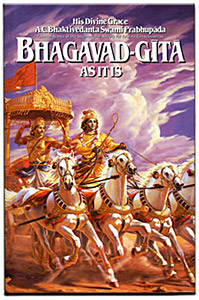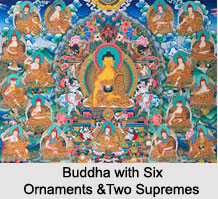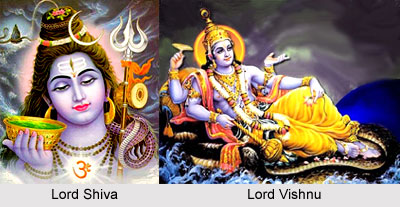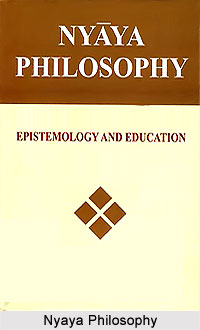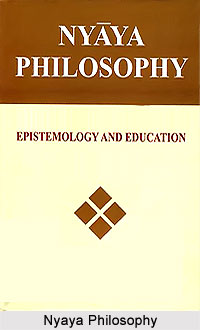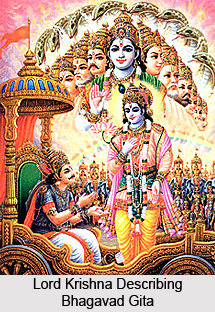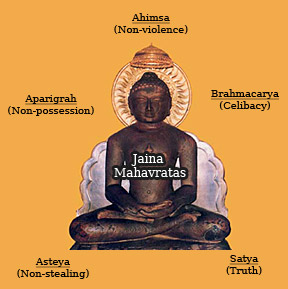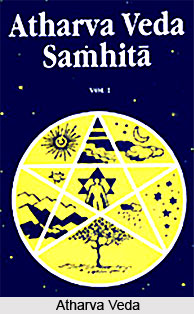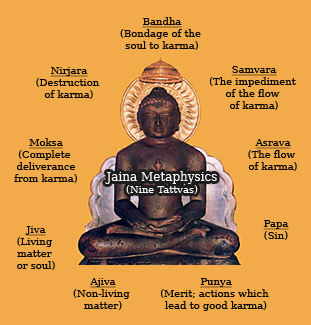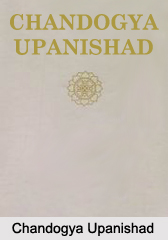 Chandogya Upanishad is one of the oldest Upanishads written on the Vedic Brahmana period about ninth to eighth century B.C. Chandogya Upanishad is associated with Sama Veda. It is the part of Chandogya Brahaman that contains eight chapters. The 8th Khanda of Chapter One of Chandogya Upanishad describes about the Story of the Pravahana. Once, three men well versed in the Udgitha sat together for a discussion. The three of them were Silaka the son of Salavat, Chaikitayana of the line of Dalbhya and Pravahana, the son of Jivala. They all claimed that they possessed great knowledge in the Udgitha. Pravahana told them to begin with their discussion as he was keener on listening to them. Then Silaka, the son of Salavat questioned Chaikitayana to name the element that supports the Saman. The later replied that it is tome i.e. svara that supports the Saman. Silaka then asked him about the support of the tone. Chaikitayana replied that is the Prana or the vital breath that supports the tone. He next asked him that what supports the Prana. Chaikitayana said that is food that supports the Prana. Upon being asked about the support of food Chaikitayana replied that it is water that supports it. Silaka enquired about the support of water. Chaikitayana said that it is the yonder world i.e. heaven that supports water. It was then concluded that the Sama must not be carried beyond the heavenly world hence Sama is the heavenly world, for the Sama is praised as heaven.
Chandogya Upanishad is one of the oldest Upanishads written on the Vedic Brahmana period about ninth to eighth century B.C. Chandogya Upanishad is associated with Sama Veda. It is the part of Chandogya Brahaman that contains eight chapters. The 8th Khanda of Chapter One of Chandogya Upanishad describes about the Story of the Pravahana. Once, three men well versed in the Udgitha sat together for a discussion. The three of them were Silaka the son of Salavat, Chaikitayana of the line of Dalbhya and Pravahana, the son of Jivala. They all claimed that they possessed great knowledge in the Udgitha. Pravahana told them to begin with their discussion as he was keener on listening to them. Then Silaka, the son of Salavat questioned Chaikitayana to name the element that supports the Saman. The later replied that it is tome i.e. svara that supports the Saman. Silaka then asked him about the support of the tone. Chaikitayana replied that is the Prana or the vital breath that supports the tone. He next asked him that what supports the Prana. Chaikitayana said that is food that supports the Prana. Upon being asked about the support of food Chaikitayana replied that it is water that supports it. Silaka enquired about the support of water. Chaikitayana said that it is the yonder world i.e. heaven that supports water. It was then concluded that the Sama must not be carried beyond the heavenly world hence Sama is the heavenly world, for the Sama is praised as heaven.
Silaka, the son of Salavat then told Chaikitayana that his Sama had not been firmly established. Chaikitayana then wished to know about Sama from Silakat and asked him to provide with explanations. Silakat agreed to it and asked him what is that supports that world. Chaikitayana replied that it is this world that supports that world. He was then asked what is that supports this world and he answered that it is Sama that supports it as nothing exists beyond it. The Sama is thus, praised as the supporter of this world. Pravahana, the son of Jivala next told Silakat that his theory of Sama had an end hence he now began giving explanations about Sama.


